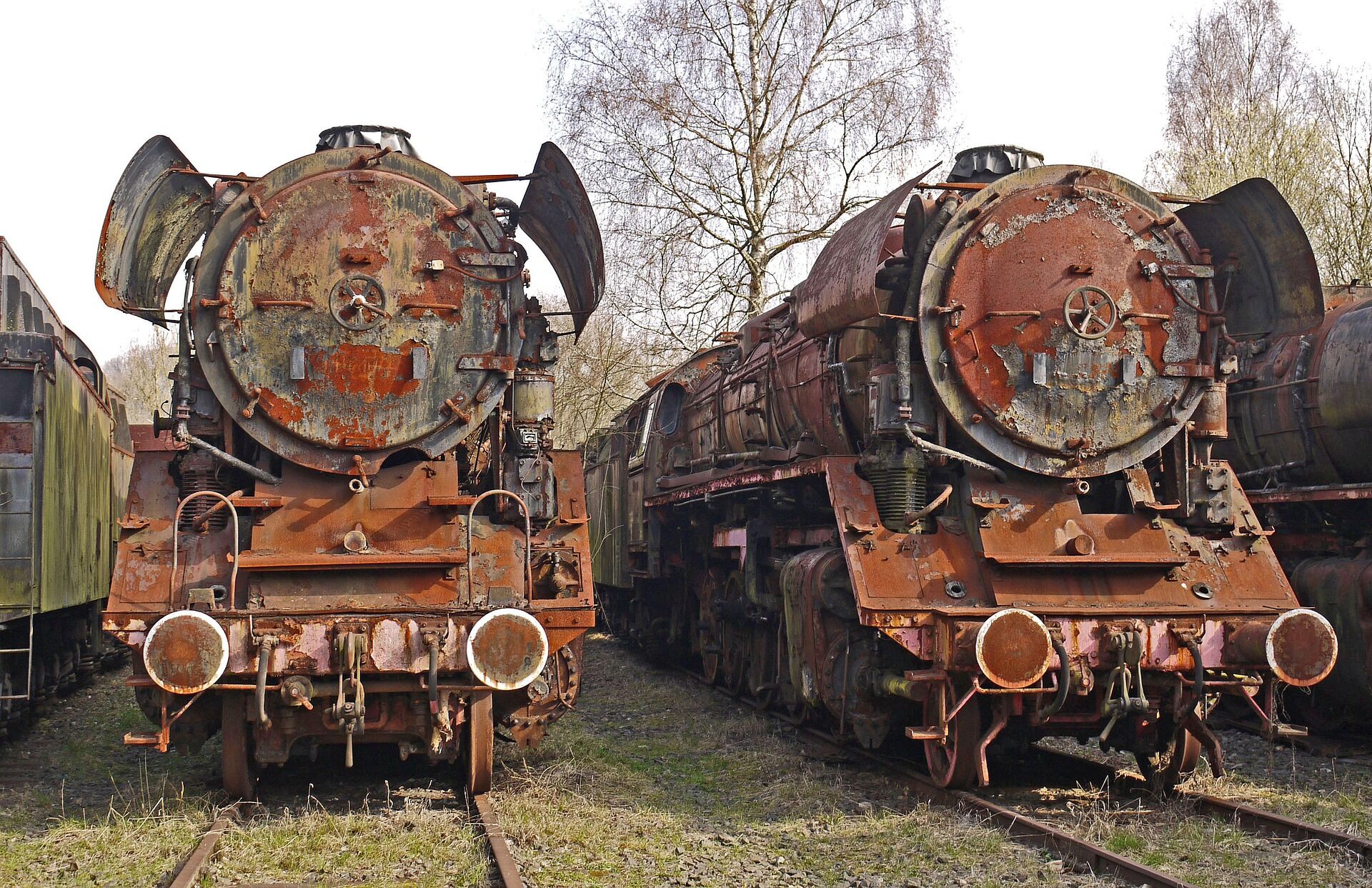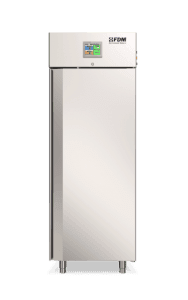
Corrosion is one of the best-known and most common causes of the deterioration of metallic materials and their alloys.
Metals and their alloys are present in almost all production sectors: from construction to automotive, through electronics to aerospace.
For this reason, more and more precise tests are required to accurately simulate the effect that corrosion will have on materials.
Cyclic corrosion testing is designed precisely for this purpose: let's see together what they are.
Corrosion Testing in General
Corrosion is a natural phenomenon that all metals, sooner or later, undergo and is caused by an oxidation reaction that is impossible to prevent completely.
And yet various environmental factors significantly influence the corrosion process and the main ones are: temperature, humidity and precipitation.
Corrosion tests are used to simulate the effect of these environmental factors on a sample of material within a controlled environment.
Climatic chambers are the ideal tool for carrying out corrosion tests, as they are an isolated environment in which the temperature and relative humidity parameters can be altered at will.
In addition, the climatic chambers can be equipped with a salt spray diffuser that simulates the action of precipitation.
We talked about corrosion testing in general here; but how does cyclic corrosion testing differ?
Perform
Climate Stress
Discover the new series of Climate Chambers for controlled climate testing
Cyclic Corrosion Testing vs Salt Spray Tests
How does cyclic corrosion testing differ from the more common salt spray tests and which of the two is preferable?
The cyclic corrosion testing has been developed to simulate in a more faithful and realistic way the effect that real environmental agents will have on the material during its life cycle.
In the classic salt spray test, the environmental conditions remain stable for the duration of the test. While, in cyclic corrosion tests, an alternation of various phases is programmed, characterized by a combined variety of temperatures, relative humidity and occasional salt spray treatments.
For example, a cycle may have: a dry phase (temperature 50 ÷ 80 ° C and relative humidity 5 ÷ 50%), a wet phase (temperatures 30 ÷ 45 ° C and relative humidity 90 ÷ 99%) alternated with treatments with saline solution.
For these reasons, cyclic corrosion tests are generally considered to be a more faithful reproduction of the climates the materials will face in the real world.
The cyclic corrosion tests, in their generality, are regulated by two ISO standards: ISO 16701 and ISO 11997-1, while the tests relating to specific sectors have dedicated standards.
You cannot find the ideal chamber for your test?
Create your own environment, according to any test requirement
The FDM Chamber for Cyclic Corrosion Testing
The essential requirement to be able to conduct a good cyclic corrosion test is the possibility of automating the process.
Of course, it is possible to reproduce the phases of the cycle by quickly moving the sample between two climatic chambers programmed with certain parameters, but it is an inexpensive solution and also of poor precision.
The FDM climatic chambers, on the other hand, can be fully programmed thanks to the innovative revoFACE, a programmer specifically used for dynamic tests.
Furthermore, our chambers can be equipped with various models of salt mist diffusers, suitable for conducting cyclic corrosion tests.
For further doubts and questions, please do not hesitate to contact us.
Would you like to receive a quote or do you have questions about the product?
Contact us to receive more information about this Product.



